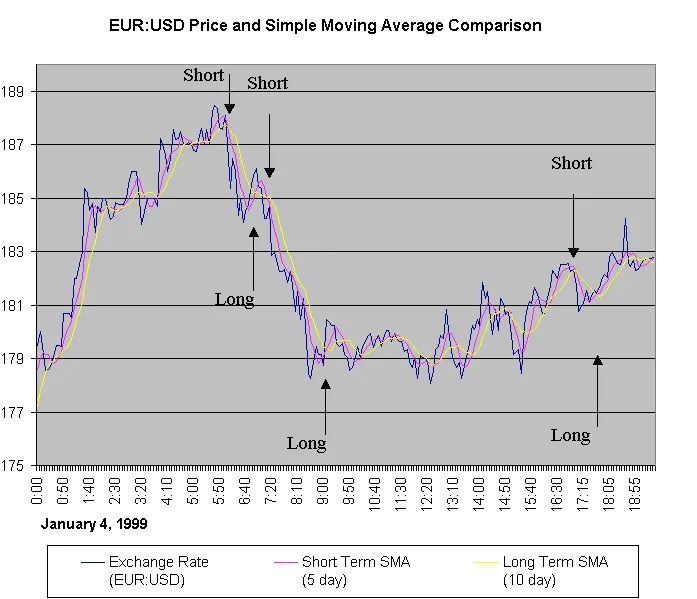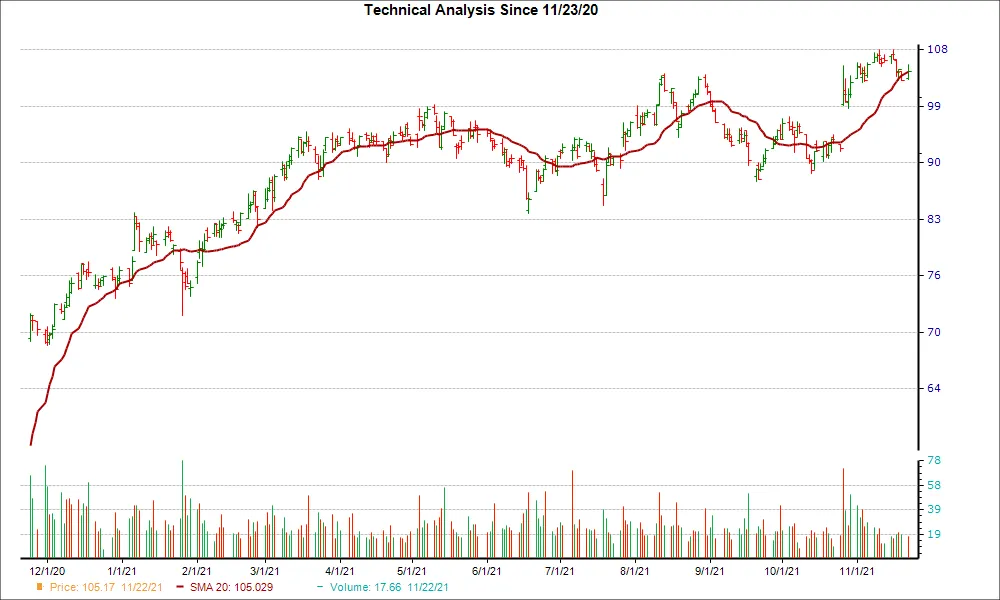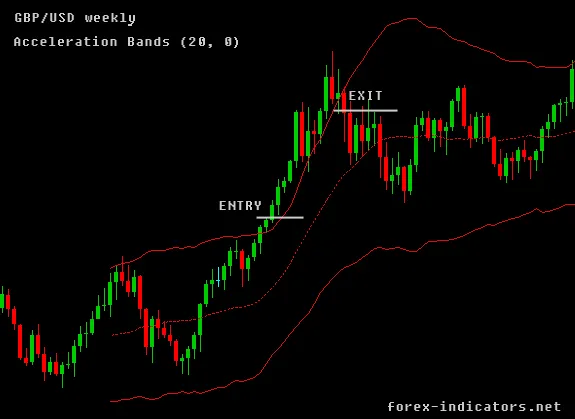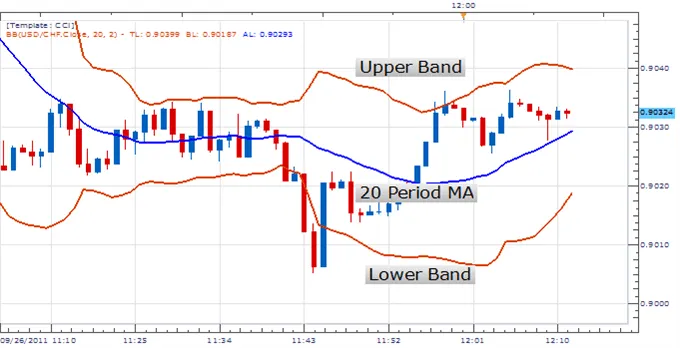Oversold: What It Means and How To Interpret Oversold Levels
By Samantha Baltodano
As an investor, it's important to understand the concepts of overbought and oversold in the stock market. Overbought and oversold levels can provide valuable information for investors as they make decisions about buying or selling.
In this blog, we will focus on the meaning of oversold and how to interpret oversold levels in the stock market.
What Does "Oversold" Mean?
Oversold refers to a stock or the market as a whole that has fallen significantly in price and may be due for a bounce back or an increase in price. This occurs when demand for the stock becomes too low, and there are more sellers than buyers, leading to a lower price.
An easy real-life example of oversold is when a popular clothing store has a clearance sale. The store may have too much inventory and wants to get rid of it, so they mark down the prices. At first, shoppers flock to the store to take advantage of the discounts, but eventually, the demand starts to wane and the store is left with unsold merchandise.
In this example, the clothing store is like a stock that is oversold. The demand for the clothing was too low, leading to a decrease in price. However, just like in the stock market, oversold doesn't always mean that the price will immediately start going up again. The store may have to mark down the prices even further or come up with a different strategy to attract more shoppers.
In the stock market, oversold levels can be a sign that a stock may be due for a rebound, but it's important to consider other factors and do further research before making investment decisions.
Interpreting Oversold Levels
Oversold levels can be interpreted in a number of ways. One of the most common methods is using technical analysis, which looks at historical price and volume data to determine potential future price movements.
Technical analysts use various indicators, such as the Relative Strength Index (RSI) and the Stochastic Oscillator, to determine if a stock is oversold. These indicators are based on mathematical calculations and can provide a visual representation of the stock's price and momentum.
For example, if the RSI indicator shows a reading below 30, this may indicate that the stock is oversold and due for a bounce back.
Conversely, if the RSI indicator shows a reading above 70, this may indicate that the stock is overbought and due for a correction.
It's important to note that overbought and oversold levels are not always reliable and should not be used as the sole basis for investment decisions. Other factors, such as market conditions, economic indicators, and company-specific news, should also be considered.
Summary
Understanding what oversold means in investing and how to interpret oversold levels is an important step for any new investor. Oversold levels can provide valuable information and help investors make informed decisions. However, it's important to remember that oversold levels are not a guarantee of future price movements and should be used in conjunction with other analysis and research.
By keeping these concepts in mind, new investors can make informed decisions and potentially increase their chances of success in the stock market.
Like what you read? Check out the rest of our content!




